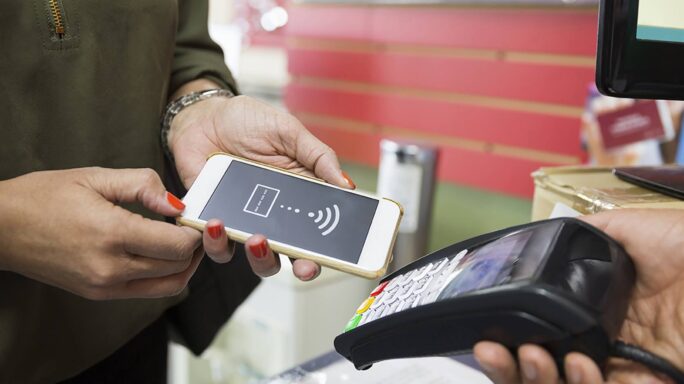Business process
5 ways to get paid on time

If you own a small business, you’ve likely had an awkward conversation with a customer about an overdue payment for goods or services. You’re not alone. Our research found that 15% of invoices are paid late in South Africa, and nearly 90% of payments due to SMEs are either never made or are written off as bad debt.
This does not bode well for healthy cash flow. Especially since, most of the time, businesses don’t have an excuse for paying late. If there’s no excuse, there should be no reason to pay late. No wonder conversations with customers about overdue invoices can be awkward. The biggest reason for putting these chats off, according to our research, is that small businesses want to protect their customer relationships.
So, here are five ways to reduce the anxiety around these conversations – or avoid them altogether.
-
Invoice promptly
Sending an invoice days or weeks after the work has been completed or the goods delivered is problematic for a few reasons:
- It sends a message that you don’t take prompt payment seriously.
- It puts you in an awkward position when you need to follow-up on payment.
- It may create confusion for the customer, who may not remember what the invoice is for, resulting in further payment delays.
The best time to send an invoice is immediately. Modern accounting solutions offer mobile apps that allow you to send an invoice before you’ve left the customer’s premises after delivering stock.
Once you’ve sent an invoice, let the client know, so that they can process it. This leaves no room for ambiguity about whether they received the invoice, should you need to chase payment.
-
Accept multiple forms of payment
The default payment option on most invoices is a bank transfer. This could create payment delays because most corporates have complex beneficiary onboarding processes, not to mention bank-to-bank transfer delays.
Offer contemporary payment options, like credit and debit cards, Apple Pay, Google Pay, and PayPal, in addition to the usual bank transfer and cheque payment. Cloud-based accounting software should let you add a ‘Pay now’ button in an email invoice that allows customers to settle the invoice in a few clicks. Even business-to-business (B2B) companies are starting to offer additional, hassle-free payment options. What’s more, the invoice could be processed as an expense claim in some instances, which mitigates the need for the finance department to get involved and, therefore, reduces payment delays.
By making it as easy as possible for customers to pay you, they’re less likely to procrastinate, and you’re less likely to have to initiate awkward conversations.
-
Keep an invoice timeline
Accounting software keeps track of exactly when an invoice was sent and when it was viewed, in the same way that an email marketing solution shows when an email was opened.
Should a customer’s excuse be that they never received an invoice, having this information as proof puts you in a stronger negotiating position.
Showing how long it’s been since you sent the invoice – and since they viewed it – increases the pressure and urgency on the client’s side to settle it. Plus, now that they know that you can track your invoices at this level, they’re more likely to pay on time.
-
Make invoices clean and accurate
Don’t clutter your invoice with unnecessary information. Specific details need to be included on the invoice, especially if you’re a VAT vendor but aim for clarity and professionalism.
When the recipient can see important information at a glance – like an amount owed, PO number, banking details, and payment terms – it’s easier for them to process the invoice. Humans tend to respond to the level of professionalism they receive. If your invoice is cluttered and looks unprofessional, it won’t be treated as a priority.
Before sending an invoice, find out what the client needs included, like the purchase order number, name of the person or department that placed the order, and a brief description of the goods or services you’re invoicing for. This will avoid processing delays because the client won’t need to ask you to reissue the invoice with the necessary information.
Most accounting packages include several invoice templates. Try out a few and see which ones get the best responses in terms of timely payment.
-
Set up regular payments with regular customers
If you have regular or semi-regular customers, ask them to set up repeat payments, to be paid on a specific day. This should be easy for the customer to do, especially if the amount is the same every month. It also reduces admin on the customer’s side because they don’t have to raise a payment every time an invoice is due.
Accounting software supports direct debits using services like PayPal. As soon as the payment reflects in your accounting software, it’s automatically reconciled, reducing background processing work on your side.
Final word
Any conversation you have with your customers should be proactive and productive, not awkward. The above suggestions can help you avoid the latter and make late payments a thing of the past.







Ask the author a question or share your advice